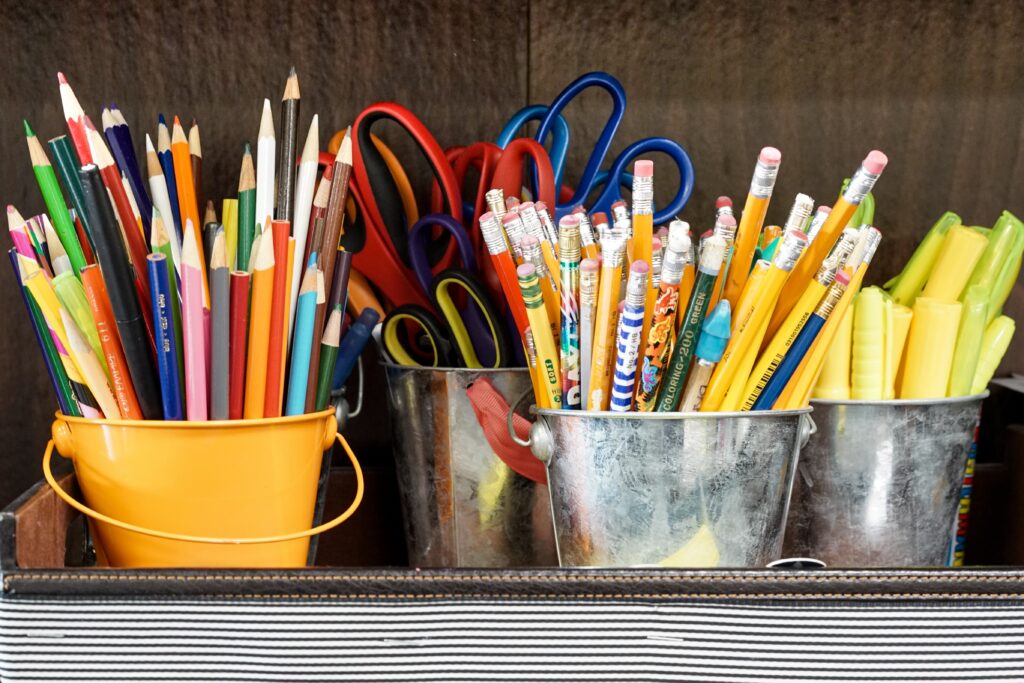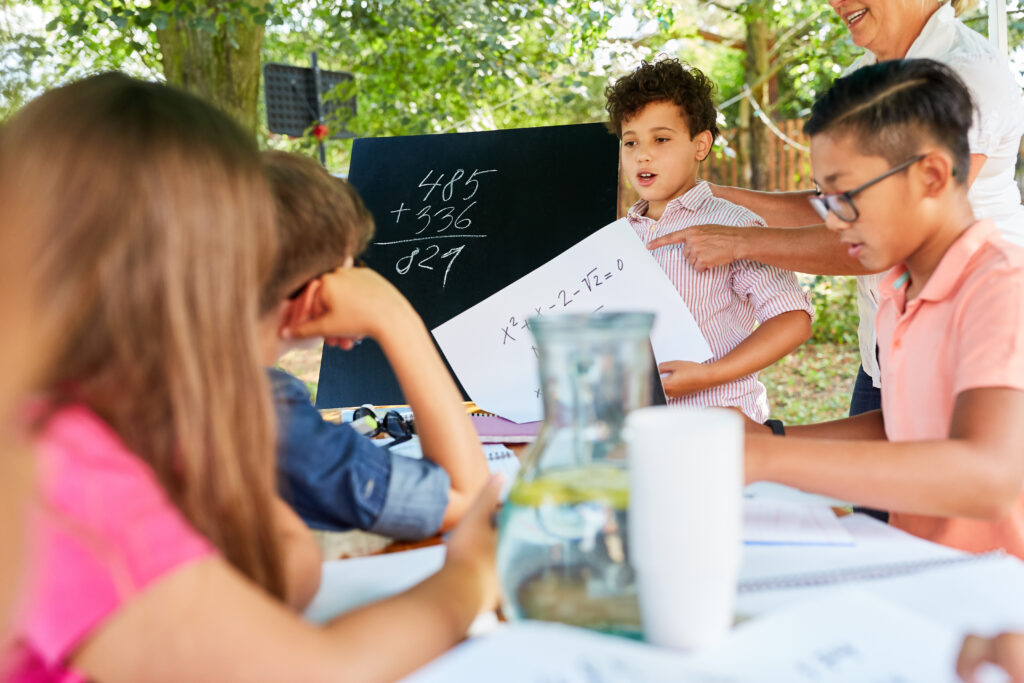Source: Charlotte Stefanski: Muncie Star Press
MUNCIE, Ind. — To help middle school students see themselves more as learners and not task-doers, Burris Laboratory School has adopted the IMPACT model of learning for the 2021-22 school year.
Standing for Investigation, Metacognition, Passion, Actualization, Curiosity, and Togetherness, the IMPACT program uses a hands-on approach that is a student-centered, individualized, project-based learning experiences led by teacher-facilitators, said Anand Marri, dean of Ball State’s Teachers College.
“It gives them opportunities to experiment and fail safely; it encourages rich, cross-disciplinary activities; and it emphasizes and practices social-emotional wellness and community responsibility,” Marri said.
Established in 1929 as part of Teachers College, Ball State University, and Muncie Community Schools, Burris is a public, K-12 school managed by Ball State as a laboratory school for the university.
Philosophically, Marri said IMPACT isn’t much different from what is universally considered to be good and effective teaching, as it provides different learning opportunities and keeps students and teachers engaged with one another. More traditional approaches, including standardized curriculum and tests, don’t always take individual needs of students into account.
Here’s how IMPACT will change the way Burris students are learning:
Middle schoolers finding it tough to transition. Burris fifth through seventh grade students work on an IMPACT project in the hallways of Burris Laboratory School Thursday, Aug. 19, 2021. Students were required to use math, reading comprehension and creativity to construct water carrying devices after reading the novel “A Long Walk to Water”.
Marri told The Star Press that IMPACT is being implemented for several reasons, as it aligns with the laboratory school model of developing, implementing, and evaluating new methods of instruction.
But the school was also taking student, parent and teacher evaluation into consideration, and many felt not all students were engaged in learning with the previous middle school approach.
As they began to transition into high school, many middle schoolers were less concerned about their learning material, and were more concerned about grades, Marri said. Ninth-graders, especially, were found unwilling to take risks and be creative while learning.





